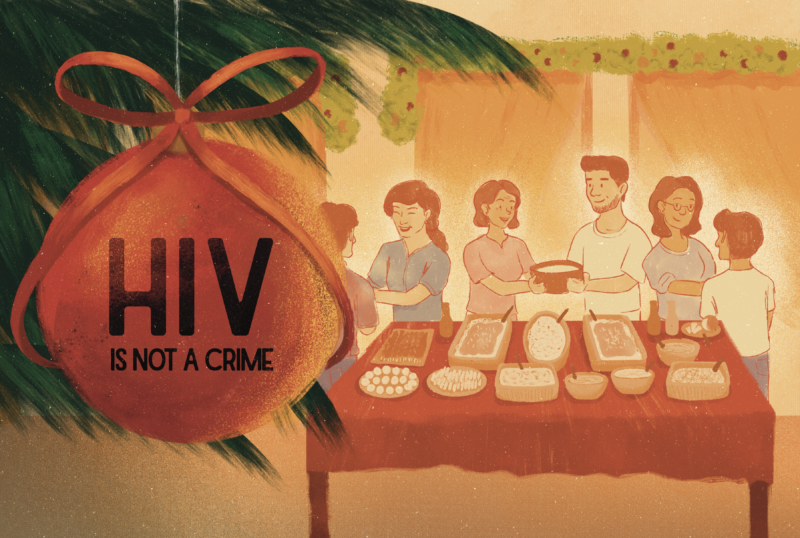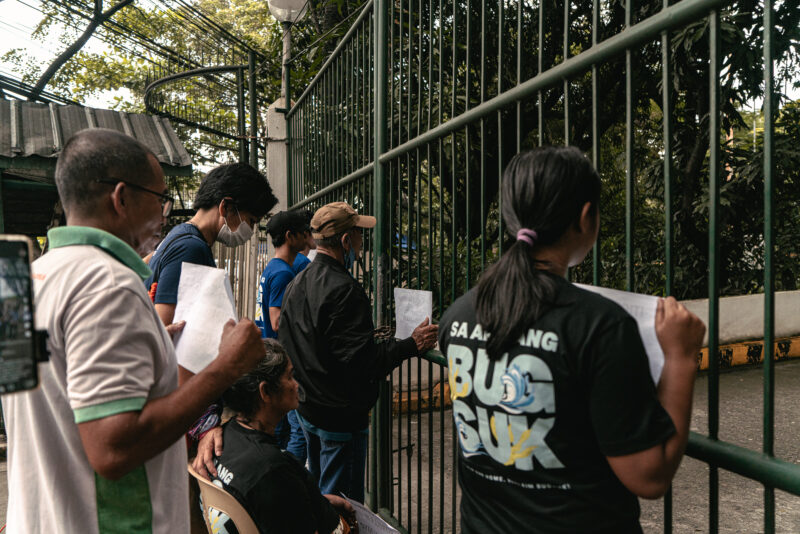
JUDGING A BOOK BY ITS COVER. Romance novel covers are geared to sell to audiences. Photo by Kitkat S. Lastimosa
With 50 Shades of Grey making headlines and topping international bestseller lists, romance novels no longer seem to be as taboo or low-brow as the world once deemed them to be. In fact, the said novel by E. L. James isn’t even strictly a romance novel—it’s aptly labeled erotica because of its dabbling in sex, sex, and more sex. In the Philippines, this is a subject broached in public at a time when titles like Kundiman Para Kay Sweetheart and Ang Halik Mong Sinungaling remain hushed topics in local reading circles.
It could be the titles that keep these novels under the radar, or perhaps the figures in carnal passion that grace the covers. (Think: entwined in each other’s arms and in various stages of undress.) Nonetheless, these local romance novels continue to sell despite their aesthetic flaws. Interdisciplinary studies professor emeritus Soledad Reyes, PhD points out that this says a lot about Philippine culture—and it’s not hard to understand why.
Formulaic romance
For every rich boy on Filipino primetime television, there is a poor girl that he is madly, but forbidden to be, in love with. Usually, the boy’s mother, who wants him to marry an equally rich girl, is the cause of the heartache. Case in point: ABS-CBN’s defunct Pangako Sa ‘Yo had Jean Garcia’s Claudia forcibly separating her son Angelo (Jericho Rosales) and the housemaid Yna (Kristine Hermosa), whose class-defiant love affair embarrassed Claudia.
Variations of such plots are all over teleseryes, but people tend to forget that these plots also exist in and originated from the pocketbook, which is widely regarded as the teleserye’s print counterpart.
“Hindi naman gaanong kumplikado ang pagsusulat ng romance novel (It isn’t that complicated to write a romance novel),” says Joi Barrios, PhD, former Associate Dean of the University of the Philippines’ College of Arts and Letters.
Barrios, who authored the essay Chapter Eight (O Kung Paano Magsulat ng Romance Novel), describes basic plots found in local romance novels, such as mayamang lalaki–mahirap na babae (rich boy–poor girl), kontrabidang magulang (antagonistic parent), and pagbabalik, paghihiganti, at pagkakatuluyang muli (return, revenge, and reunion).
Romances follow a recipe for characters as well. The tall, dark, and handsome leading man must have his equally faultless leading lady, often a mestiza of Western descent, or a dusky morena beauty—think Richard Gomez and Dawn Zulueta in their ‘80s heyday.
While these plots remain basic and formulaic, it’s precisely the Filipino kilig factor that sets it apart. “I like being kilig, and those books really make me kilig,” says psychology major Chantal Tabo. “Being an avid reader, I feel the stories. I find myself lost in them.”
Behind the industry
In a country where majority of the population is from the lower socioeconomic classes, the average price of a pocketbook runs from P40 to P50. Even just a small price increase could mean bankruptcy for a publisher. As long as prices stay constant, however, writing these novels sounds like easy money. There is some truth to this, as pocketbook manuscripts sell for at least P4,000. Most authors opt to write with the simple intent of earning more money.
For seasoned romance authors, however, the writing is far from easy. Aside from having to write in conversational Filipino, there’s the challenge of making every story accessible to readers of all ages and backgrounds. Veteran author Maribeth dela Cruz, who writes under the name Martha Cecilia, knows full well what critics say about her literary work. “It’s the same stories being told over and over again,” she admits in a 2009 interview with Bookwatch. “The difference only comes from how you turn the familiar patterns around—how you weave the words.”
Despite the criticism, members of the industry stick to the work they’ve chosen, insisting that these easily accessible and affordable novels have an educational aspect. “At least this way, even the poor can read and improve the country’s literacy rate,” says Segundo J. Matias Jr. in an August 2011 interview with the Agence France-Presse (AFP). Matias is the founder of the publishing company Precious Hearts Romances.
Writer Maria Teresa Cruz San Diego, who has been writing romance novels for more than 20 years, says that her novels try to narrow the educational divide by giving readers stories worthy of their attention. “Very few people read literary books,” she says in September 2010 article published in Planet Philippines. “It’s a reality that there are more readers of Filipino romance novels.”
Hopeful romantics
Though romance authors defend their craft valiantly, many do not take the genre seriously. Despite the fact that the genre is one of the best-selling in the world, Matias mentions in the AFP interview that some critics even accuse them of “publishing trash.”
The criticism doesn’t stop at a literary level. Ateneo graduate Armine Rhea Mendoza, who pens romance novels under the name “Camilla,” shares that what her peers call her “cheesy book titles” earned her the label jologs.
Readers of romances attract social stigma as well. “It’s kind of unfair, actually. What’s the difference? It’s just an ordinary book,” Tabo shares. “The stigma was worse during high school. When my classmates saw that I was reading [romance novels], they were like, ‘Why are you reading those kinds of books?’ It’s like, in their eyes, I could read better books.”
While Tabo reads romance novels, though, she says that she shies away from Filipino romances, citing the books’ brevity and the covers’ lack of appeal. Still, she doesn’t hide the fact that she likes the very genre of romance, defending what some people—including her high school classmates—call “yaya books.” “It’s not about sex,” she says. “It’s about love that may be sometimes so much [that] they want to express it.”
To the average Filipino, romance novels provide an escape—a happy ending that not all can have. These romances resonate with audiences on different levels. Sweet and simple rich boy–poor girl stories can provide hours of living a different life and, based on the 13- to 50-year-old usual age range of readers, almost a lifetime source of hope.
“I think romance novels are for people who really have a strong belief in love and happy endings and [who] want to have a life like that,” Tabo says. “What’s wrong with hoping?”
With reports from Bea V. Sigua
- Photo by Karen F. De La Fuente
- JUDGING A BOOK BY ITS COVER. Romance novel covers are geared to sell to audiences. Photo by Kitkat S. Lastimosa
- Photo by Kitkat S. Lastimosa









